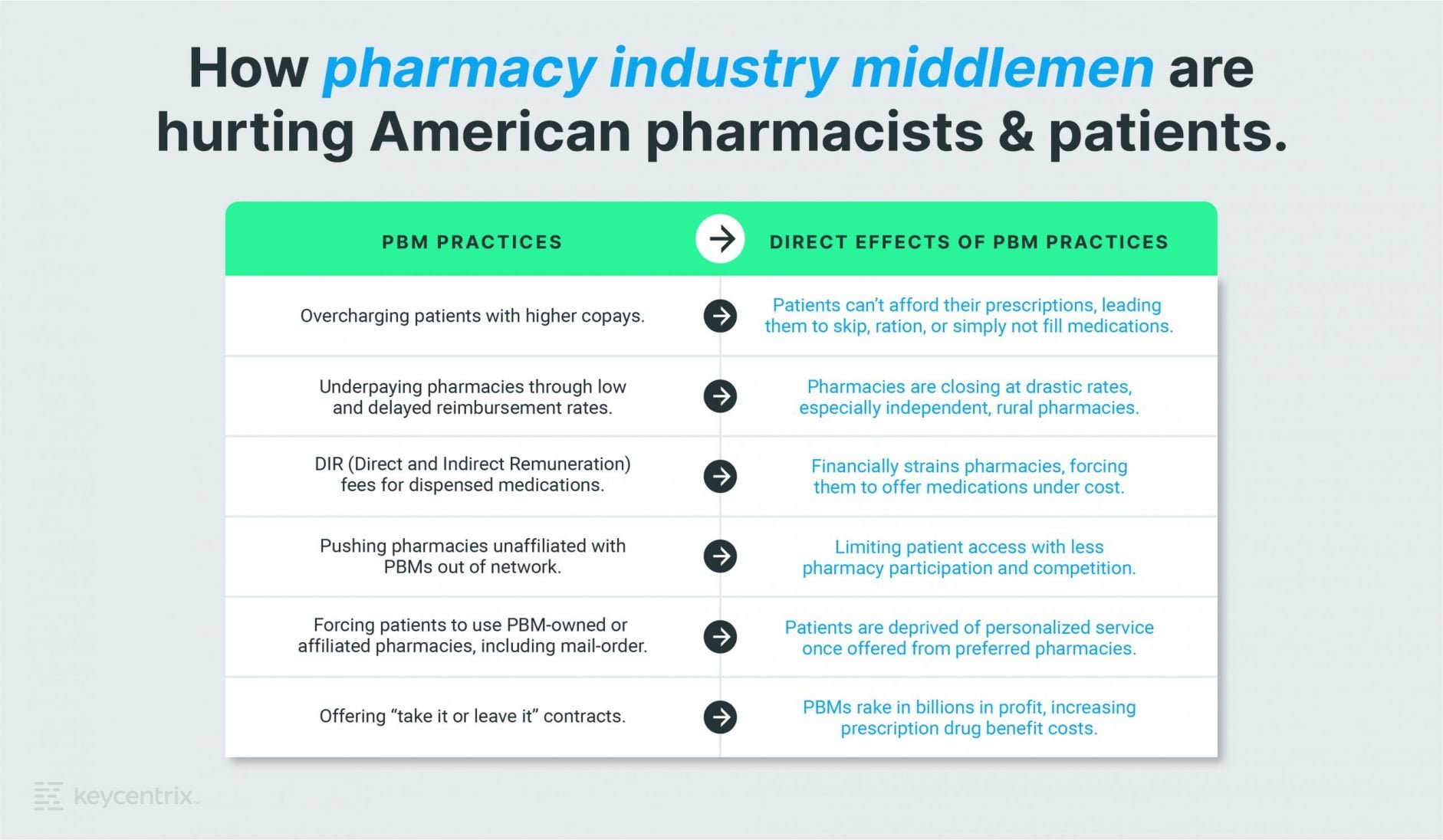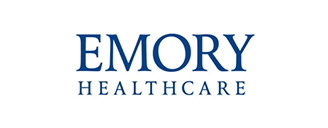PBMs Being Asked to See (and Shine) the Light
This past January, The Pharmacy Benefit Manager Transparency Act of 2023 made its way to the U.S. Senate. The bipartisan bill expands the authority of the Federal Trade Commission (FTC) over Pharmacy Benefit Managers (PBMs) and makes it illegal for PBMs to engage in spread pricing. In case you’re not familiar with the term, spread pricing occurs when a PBM charges a health plan or payer more for prescription medication than they reimburse the pharmacy and then pocket the difference, or spread, as profit.
Greater Transparency Means Greater Control and Better Outcomes
This is good news for both specialty pharmacies and patients since, according to the full description of the Act (read it in its entirety here), three PBMs control nearly 80% of the prescription drug market and, to date, have operated with little oversight by federal regulators and out of view of consumers. This lack of transparency has made it difficult for regulators and the public to fully understand just how much PBMs are influencing prescription drug costs, determining which drugs are covered by an insurance plan, and “pocketing unknown sums of money that might otherwise be passed along as savings to consumers.”
What’s a PBM to do?
The bill outlines exactly what PBMs have to do to NOT be in violation of the Act:
- Pass along 100% of any rebate to the health plan or payer
- Provide full and complete disclosure of:
- Cost, price, and reimbursement of prescription drugs to health plans and pharmacies
- All fees, markups, and discounts the PBM charges or imposes on health plans and pharmacies
- The aggregate remuneration fees the PBM receives from drug makers to health plans, payers, and any federal agency.
In addition, PBMs will be required to file an annual report with the FTC in order to deliver greater transparency into the ways they charge health plans and pharmacies for specialty drugs.
As middlemen in the distribution chain for prescription drugs, PBMs aren’t much liked by IDNs and independent hospitals alike for pretty obvious reasons. Although PBMs were created in the 1960s for the best of reasons—to manage Rx costs, help insurers contain drug spending, and ensure patients have access to the meds they need—the chart below from keycentrix.com pretty much sums up how today, they’re actually hurting the pharmacists and patients they were started to help.

Clearly, the PBM Transparency Act of 2023 is a Boon to Healthcare
At VPL, we continue to closely monitor the PBM Market and the Pharmacy Benefit Manager Transparency Act of 2023. As a company committed to transparency across lines of business and the creator of VPL TrajectRx, a pharmacy solution created by pharmacists for pharmacists, we’re driven to help specialty pharmacies and their patients succeed in the dispensing, distribution, delivery, and receipt of prescription drugs by streamlining systems and creating greater transparency in shipping. Learn more about our pharmacy shipping solutions here.






























